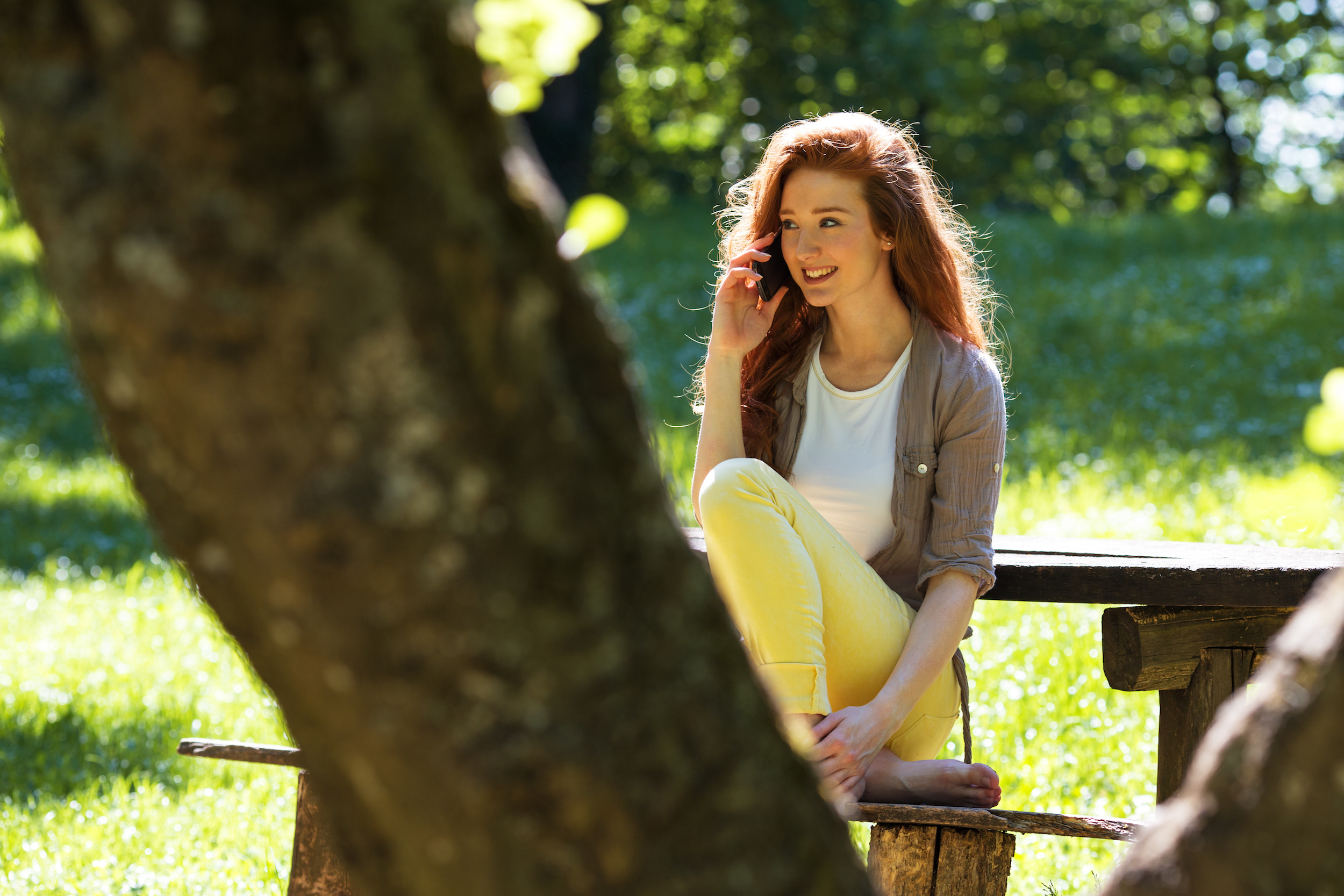 The word cancer is concerning, to say the least. “With skin cancer being so common and the rates continuing to climb, I try to relay the risks to all my patients so they can protect themselves from this potentially serious disease,” says Dr. Adam Mamelak, dermatologist and Mohs skin cancer surgeon in Austin, Texas. There are three common skin cancer risks Dr. Mamelak often discusses that, if you’re well educated and informed, could give you a better chance of preventing the development of skin cancer.
The word cancer is concerning, to say the least. “With skin cancer being so common and the rates continuing to climb, I try to relay the risks to all my patients so they can protect themselves from this potentially serious disease,” says Dr. Adam Mamelak, dermatologist and Mohs skin cancer surgeon in Austin, Texas. There are three common skin cancer risks Dr. Mamelak often discusses that, if you’re well educated and informed, could give you a better chance of preventing the development of skin cancer.
1. Fair Skin
“It’s important to understand that all skin types run the risk of getting skin cancer,” explains Dr. Mamelak, “however the odds are much higher for those with fair skin.” This is because the lighter the skin, the less melanin (or pigment) is present in your skin, and this pigment can help to protect you against damaging UV radiation. Additionally, if you have light skin which tends to burn easily, you must be sure to wear plenty of sunscreen in order to help reduce your risk of getting skin cancer.
2. Sun Exposure
When you know you’re going to be out in the sun, you should always wear sunscreen and sun protective clothing. “Excessive sun exposure can lead to too much UV radiation, which will adversely affect and damage your skin,” says Dr. Mamelak. This can leave you at a greater risk for skin cancer. Additionally, if you live in very sunny places and/or at higher elevations, your risk is also increased. No matter what, you always need to take time to protect your skin.
3. Moles
Many people have moles on their body. It is important to watch moles that are new on your body, or those that might be irregularly shaped and colored. Abnormal moles, called dysplastic nevi, are important to watch because they can turn into skin cancer. If you have moles that you are curious about, it’s always a good choice to see a dermatologist.
It’s important to understand that there are more than 3 risks of getting skin cancer. Skin cancer, when found very early on, has an extremely high cure rate. It’s important to keep an eye on your skin and to treat your body the way it should be.
Contact Us
If you wear proper sun protection and are sure to have any suspicious markings evaluated, you’ll help to reduce your risk of getting skin cancer. By checking you’re skin regularly, you can increase your chance of diagnosing skin cancer very early on. To learn more about what Sanova Dermatology can do for you and how we can help protect your skin, please contact us today.
Join Us
